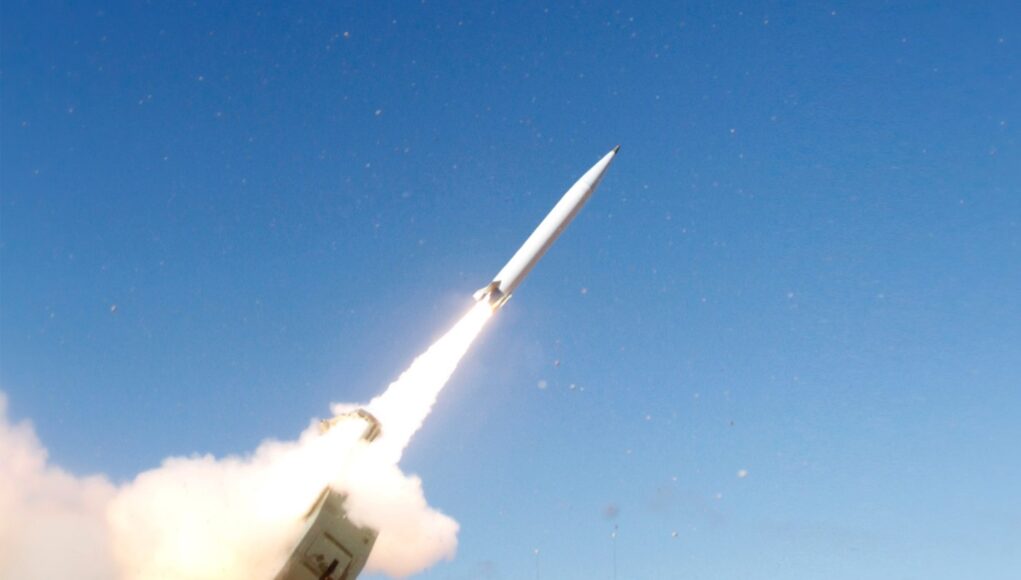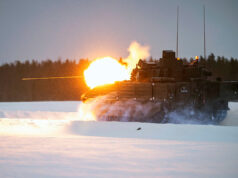The U.S. Army and Lockheed Martin have successfully conducted the first launch of the Precision Strike Missile (PrSM) from an M270A2 launcher, marking a milestone in the system’s integration and readiness, according to a statement issued by Lockheed Martin on 14 April.
The test, which took place at White Sands Missile Range in New Mexico, was part of a short-range production qualification trial. It validated the missile’s performance when fired from the M270A2 Multiple Launch Rocket System (MLRS)—a tracked launcher that uses the same munitions as the wheeled HIMARS platform.
Lockheed Martin stated that the Increment 1 variant of PrSM successfully engaged multiple simulated targets, including a radar system and a rotary-wing platform, demonstrating both lethality and precision. The trial also aimed to confirm the missile’s accuracy and ability to manoeuvre under stress, even at short engagement ranges.
“This test shows that PrSM works seamlessly with the Army’s tracked M270A2 launcher,” said Carolyn Orzechowski, vice president of Precision Fires Launchers and Missiles at Lockheed Martin.
She added that while the missile is designed for long-range strikes, “Lockheed Martin validates accuracy and reliability of the missile even at the shortest distances before we provide it to warfighters.”
According to the company, PrSM is designed to strike targets at ranges exceeding 400 kilometres, with an open-systems architecture and modular design that ensures compatibility with both M270A2 and HIMARS launchers. Lockheed Martin describes the missile as a cornerstone of the U.S. Army’s long-range precision fire modernisation efforts.
The test follows a series of successful PrSM developments, including recent flight trials and a production contract valued at up to $4.94 billion. Lockheed Martin says these milestones highlight the programme’s rapid progress and its role in delivering long-range precision capabilities to future battlefields.














Good to see progress, now for a confirmed order for the British army!
Hopefully SDR confirms it but I can’t imagine it not happening given we are increasing the number of M270. The entire army is being rebuilt around deep fires and there will be a major hole in the concept with out PrSM.
Its anti ship capability can be a real game changer for the RM as well.
The USA owes us big time for Diego Garcia so selling us some missiles is the least they can do.
Got to wait to see if the SDR allows it!
Exactly… I wonder when it is due, as we are 2/3ds the way through Spring.
Does anyone know why the US rejected the sale of the PrSM and ER-GMLRS to Norway?